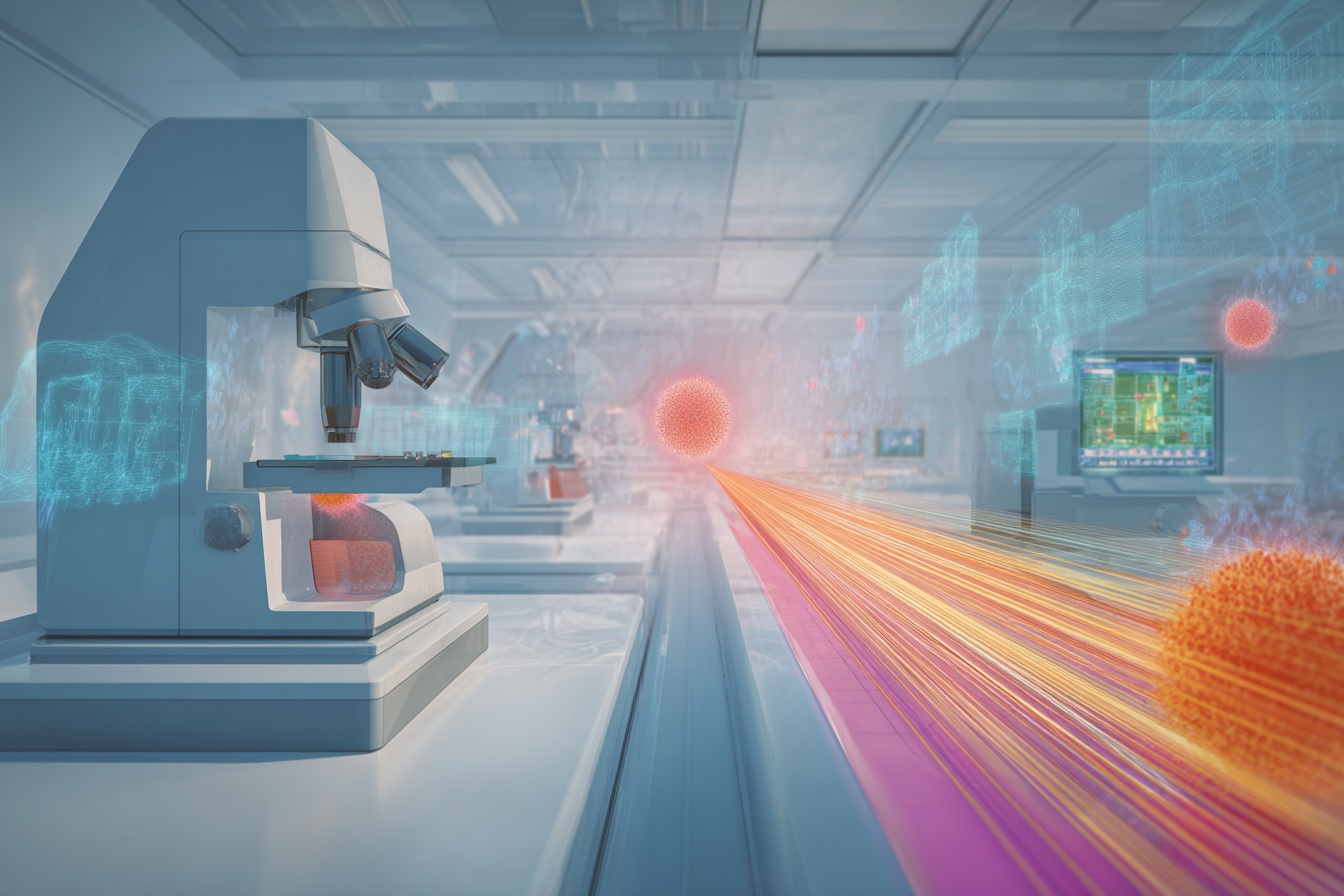Overview of Fiber Lasers in Medicine
Fiber lasers have had a major impact in various areas, including fundamental research, molecular detection, laser surgery, and biomedical research. Experts continue to make progress in multiple studies using modern fiber laser technology. They are applied in mid-IR laser spectroscopy, photodynamic therapy, and other fields.
This article focuses on the applications of fiber lasers in these two areas of medicine.
The current trend is to identify the most effective applications for fiber laser systems, as with any medical equipment. They provide pain relief for patients during treatment, and advanced laser modules increase treatment effectiveness. High-precision laser beams allow maximum efficiency in minimal time. Additional benefits of fiber lasers include the ability to perform delicate procedures, minimal scarring, and fast recovery.
Fiber Lasers for Mid-IR Spectroscopy
Mid-infrared spectroscopy (mid-IR) is a standard, non-destructive method of chemical analysis used in laboratories.
Biomedical Applications
New biomedical applications are particularly important due to rising healthcare costs and the need for rapid, non-destructive measurement technologies. In resource-constrained environments, compact mid-infrared laser modules are critical for biomedical sensing applications.
The characteristics of fiber lasers, including benchtop applications, make them especially suitable for biomedical use. They provide high power spectral density and, consequently, a high signal-to-noise ratio (SNR). With current technology, final measurements can be obtained in seconds.
Advances in fiber laser systems have improved clinical environments and treatment outcomes.
Fiber Lasers for Diabetes Monitoring
Glucose monitoring in diabetes is one application of mid-infrared spectroscopy.
Modern Monitoring Process
Glucometers are among the most widely used wearable biomedical sensors. Glucose monitoring is an essential part of a patient’s life and can be performed via finger-prick tests or wearable glucose monitoring devices. Both types have a limited lifespan due to degradation. Mid-infrared spectroscopy can address some measurement challenges, though it also has certain limitations.
In modern practice, the device is placed on the patient’s skin, a flash lamp is activated, and broadband radiation is transmitted through the fiber channel into the skin. Scattered and reflected optical signals are collected via receiving optical fiber channels and interference filters to CCD arrays. Specialists then view the data on a display.
Fiber Laser Systems for Photodynamic Therapy
PDT, or photodynamic therapy, is a treatment that uses a drug activated by laser light. It is particularly effective in destroying cancerous and precancerous cells, including those in the lung, skin, bladder, brain, and more. In cancer treatment, photodynamic therapy is typically applied in early stages under endoscopic observation. Certain photosensitizers are also used to treat bacterial, viral, and fungal infections.
Overview of Photodynamic Therapy
Photodynamic therapy is generally a local treatment, targeting specific areas of the body. The affected area is irradiated with a fiber laser beam. Light exposure generates a reactive form of oxygen that destroys cancer cells.
The PDT process involves two main stages:
- Introduction of photosensitizers into the body;
- Light exposure.
The interval between these phases can vary from 10 minutes to 2 hours, depending on the disease and its stage. Methods of light exposure depend on the location of the pathological site:
- Direct light exposure;
- Endoscopic light exposure;
- Intraoperative light exposure (during surgery);
- Intravenous light exposure (blood photomodification).
PDT in Ophthalmology
In ophthalmology, fiber lasers are used for PDT to treat certain eye diseases, most commonly age-related macular degeneration (AMD). Its role remains somewhat limited. Photosensitizers are injected intravenously and selectively accumulate in abnormal blood vessels. A low-power laser beam activates the light-sensitive drugs, which destroy or seal abnormal vessels without harming surrounding cells. Specialists view PDT as a method to slow disease progression and preserve vision.
As fiber laser use continues to expand across medical fields, laser modules have proven effective. They have been instrumental in developing a wide range of fiber laser systems and in generating useful theoretical and experimental results. This is particularly true in the medical industry, where fiber lasers are extensively used.



